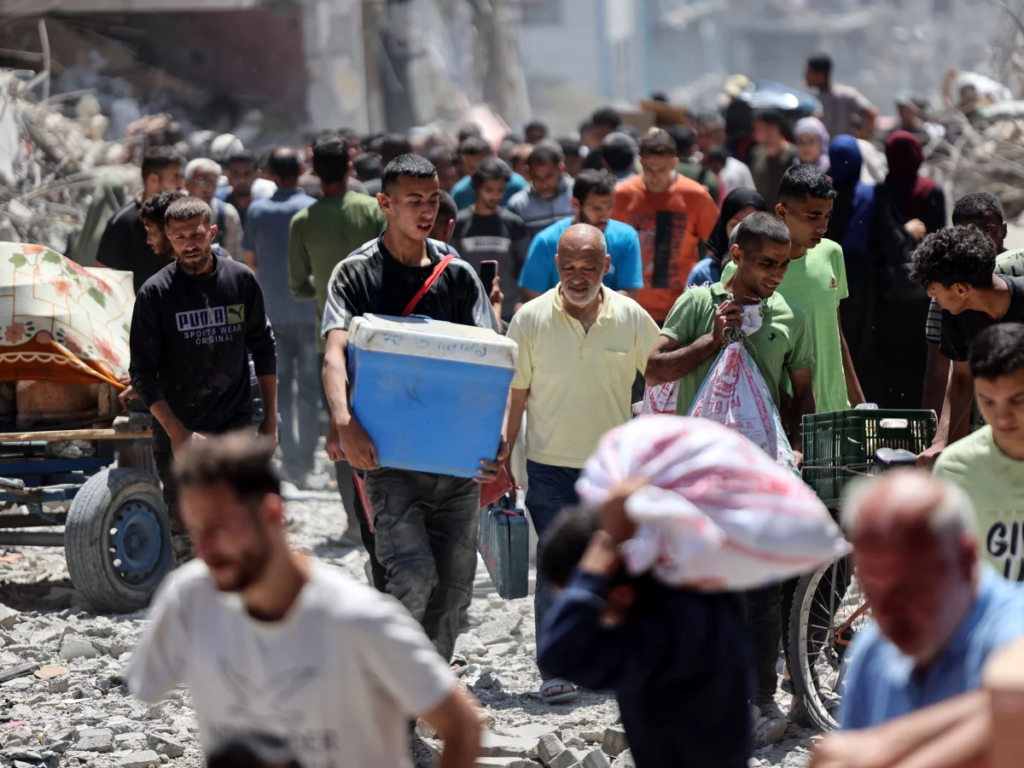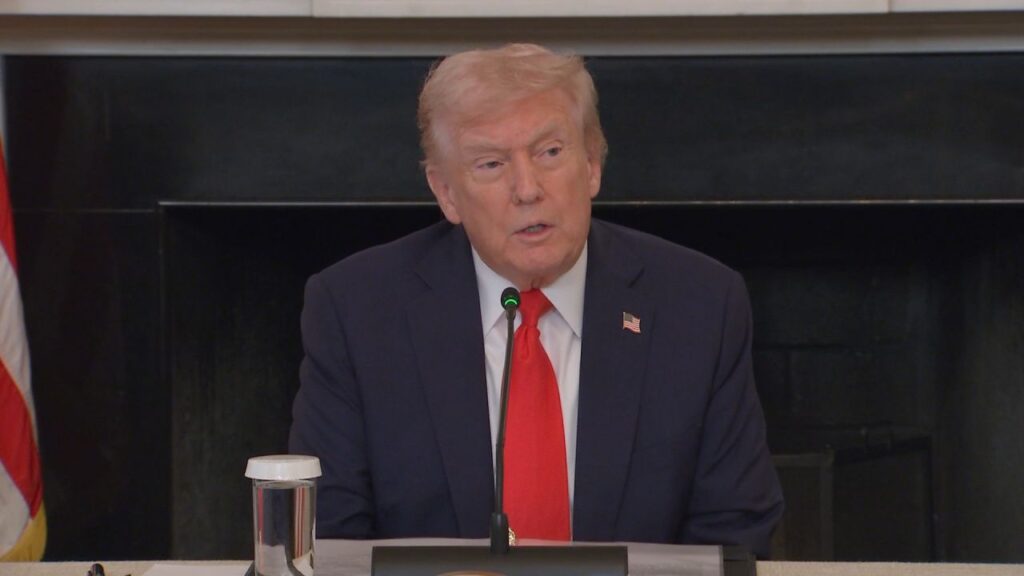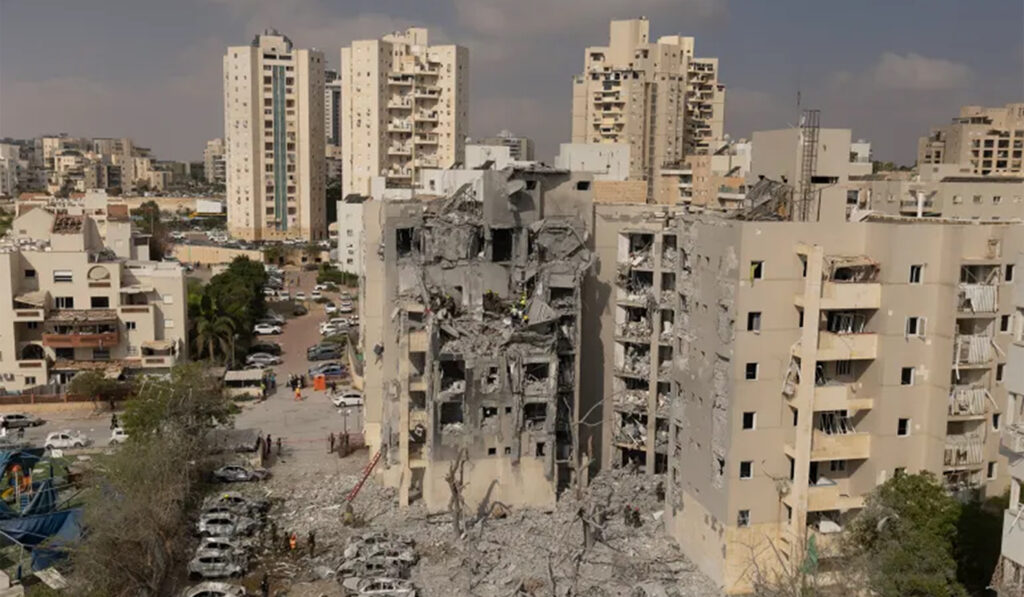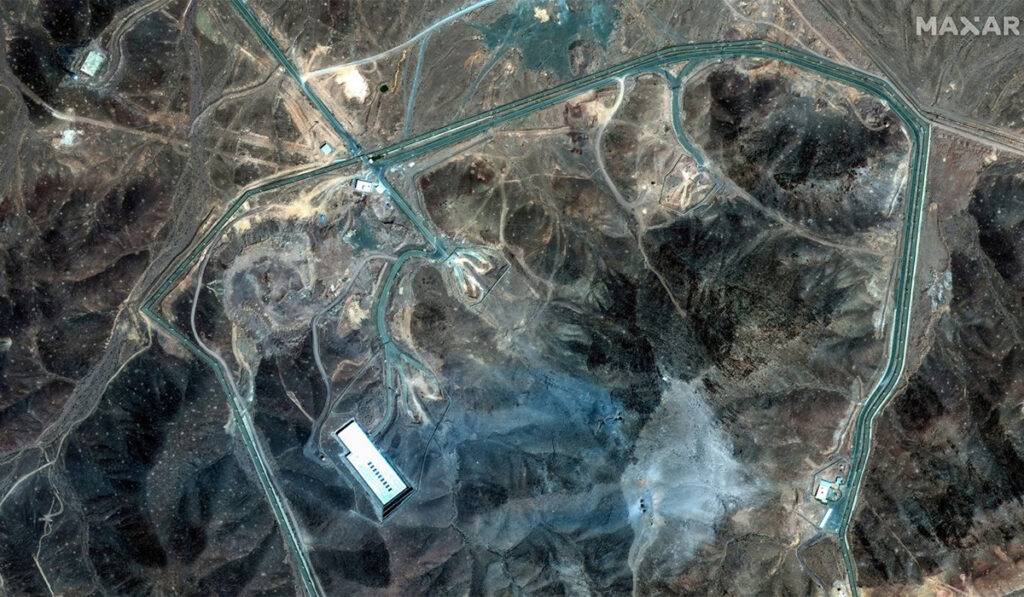
As of March 23, 2025, the Palestinian territories, particularly Gaza, are witnessing an unprecedented humanitarian crisis. Widespread destruction, escalating violence, and deteriorating living conditions have led to thousands of civilian casualties and have heightened regional tensions. The ongoing conflict has devastated infrastructure, crippled healthcare services, and displaced millions, making it one of the most severe humanitarian crises of the 21st century.
In recent weeks, Israeli airstrikes have intensified across the Gaza Strip, resulting in significant civilian casualties, including women and children. One of the most shocking incidents was the destruction of Gaza’s only specialized cancer hospital, the Turkish-Palestinian Friendship Hospital. The facility, which previously treated up to 30,000 cancer patients annually, was completely demolished in a massive blast, further crippling the region’s already struggling healthcare system.
Alongside airstrikes, Israeli ground operations have expanded deeper into Gaza. Israeli officials have indicated plans to seize more territory, with some political figures hinting at potential annexation of parts of the enclave. This move has been met with strong condemnation from Palestinian factions and international observers, who view it as a significant escalation of the conflict.
The violence has not been confined to Gaza alone. Israeli airstrikes have also targeted southern Lebanon, reportedly resulting in multiple casualties. The Lebanese government has condemned these attacks, while Hezbollah, a major political and military force in Lebanon, has denied involvement in recent rocket fire into Israel. The spillover of violence into neighboring regions raises concerns about a broader conflict that could further destabilize the Middle East.
The Humanitarian Crisis: Infrastructure Devastation and Healthcare Collapse
The ongoing war has left Gaza’s infrastructure in ruins. Over 60% of the region’s buildings—totaling at least 151,265 structures—have been damaged or destroyed, and 57% of agricultural land has been rendered unusable. The destruction has set back Gaza’s development by an estimated seven decades. The financial toll of the war stands at approximately $18.5 billion, nearly equal to 97% of the combined GDP of the West Bank and Gaza in 2022.
The healthcare system in Gaza is on the brink of total collapse. Fewer than half of Gaza’s 36 hospitals are still functioning, and even those are barely operational due to severe shortages of medical supplies, electricity, and staff. According to the World Health Organization (WHO), only 12 hospitals remain somewhat functional, while 84% of Gaza’s healthcare facilities have been damaged or destroyed.
The situation is particularly dire for women and children. Around one million women and girls, including an estimated 150,000 pregnant women and new mothers, lack access to essential medical care. Hospitals like Nasser Hospital in southern Gaza are overwhelmed, treating an ever-growing number of injured civilians, most of whom are women and children.
Mass Displacement and Worsening Living Conditions
Over a million people have been forced to evacuate areas like Rafah since May 2024. Many families have been displaced multiple times, often with nowhere safe to go. Following a brief ceasefire agreement in January 2025, approximately 565,000 people returned to northern Gaza, only to find their homes and neighborhoods in ruins. With food, clean water, shelter, and medical aid in short supply, many now live in makeshift tents or overcrowded shelters, struggling to survive.
International humanitarian organizations warn that Gaza is on the verge of a famine. Blockades and ongoing military operations have made it nearly impossible to deliver sufficient aid. The lack of clean water has also led to outbreaks of diseases, particularly among children, adding another layer of suffering to an already dire situation.
International Responses and the Role of the European Union
While many nations have issued statements calling for an end to hostilities, concrete action has been limited. The European Union (EU) has been among the few global powers actively providing humanitarian assistance to Palestinians in Gaza.
Financial Aid and Relief Efforts
Since 2000, the EU has contributed over €1.2 billion in humanitarian aid to the Palestinian territories. In response to the escalating crisis, an additional €68 million was allocated in April 2024, bringing total EU humanitarian assistance to €193 million for that year. In January 2025, the European Commission announced a new aid package worth €120 million, aimed at providing emergency relief to Gaza.
One of the most significant moves by the EU has been the revival of the civilian mission monitoring the Rafah border crossing between Gaza and Egypt. The mission, reactivated in January 2025, aims to facilitate the daily evacuation of up to 300 injured and ill individuals from Gaza. This effort provides a crucial lifeline for critically wounded civilians who have no access to medical care within the besieged territory.
To accelerate the delivery of aid, the EU launched a humanitarian air bridge operation, which has successfully transported over 4,500 metric tons of humanitarian cargo since March 2025. This initiative has delivered much-needed medical supplies, food, and hygiene kits. Additionally, European countries have been working on establishing a maritime aid corridor to bypass restrictions and ensure more consistent aid delivery to Gaza.
While the EU’s efforts are commendable, humanitarian organizations stress that these measures alone are insufficient to address the vast scale of suffering in Gaza. Many call for stronger political pressure on Israel to end the blockade and military operations, allowing full humanitarian access.
The Urgent Need for Global Action
As the crisis in Gaza deepens, the international community faces a moral and political test. The suffering of civilians—particularly women, children, and the elderly—highlights the urgent need for sustained intervention. Immediate steps must be taken to restore access to food, water, medical care, and basic necessities to prevent further loss of life.
However, short-term relief efforts alone are not enough. A long-term political solution is required to ensure that Gaza does not remain trapped in an endless cycle of destruction and rebuilding. World leaders must push for a comprehensive ceasefire, meaningful diplomatic negotiations, and a commitment to rebuilding Gaza’s infrastructure.
The ongoing conflict in Gaza is not just a regional issue—it is a test of global humanity and international law. As the world watches, the responsibility to act falls on governments, humanitarian organizations, and individuals who believe in the principles of human rights and justice. Failure to address this crisis will not only prolong the suffering of Palestinians but will also set a dangerous precedent for conflicts worldwide.

Bella Richardson is a dedicated journalist and news analyst known for her clear, thoughtful reporting and her ability to make complex stories accessible to a broad audience. With a Master of Science in Mass Communication, she brings both academic insight and real-world experience to her coverage of breaking news and trending topics throughout the United States.






